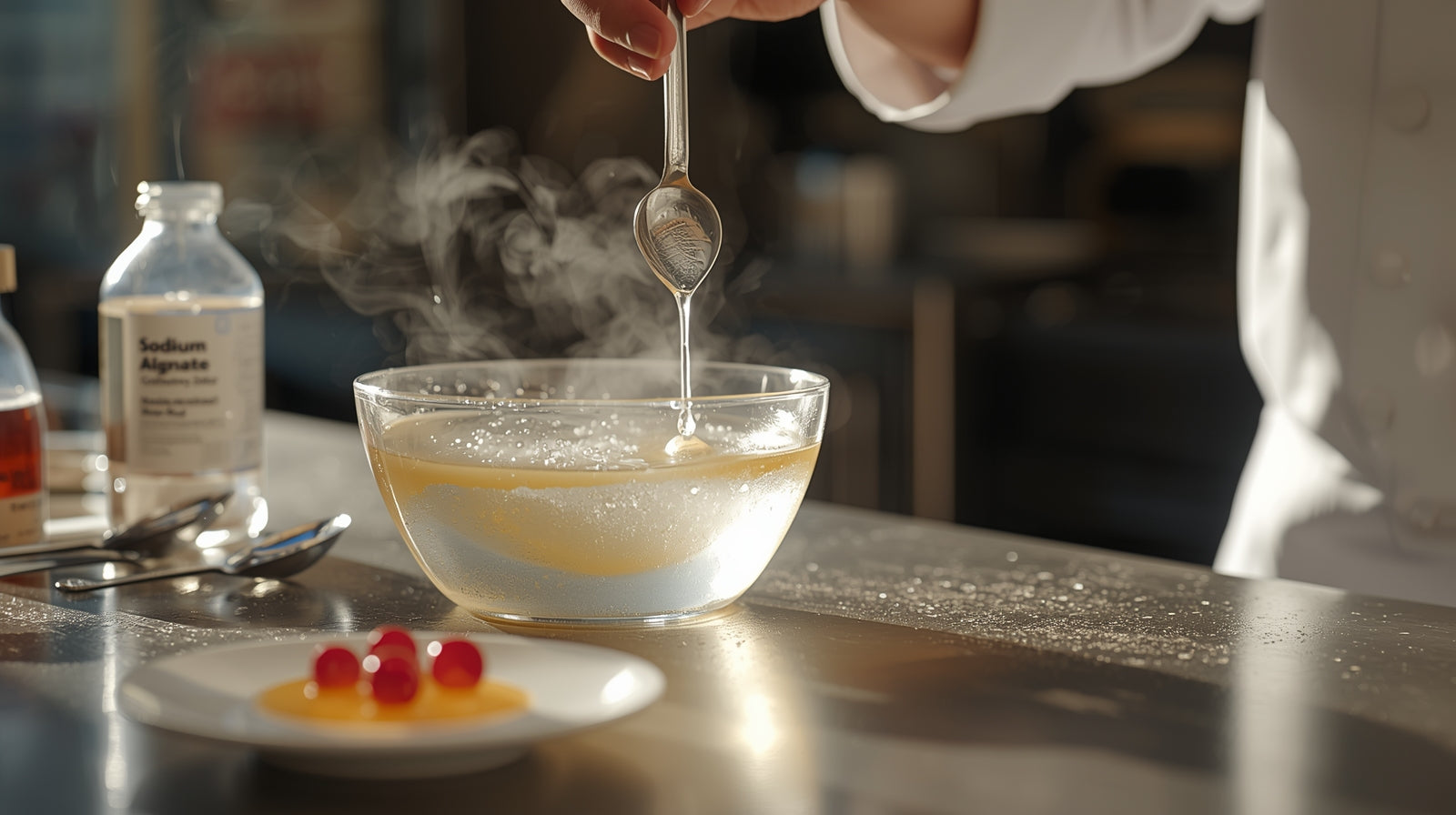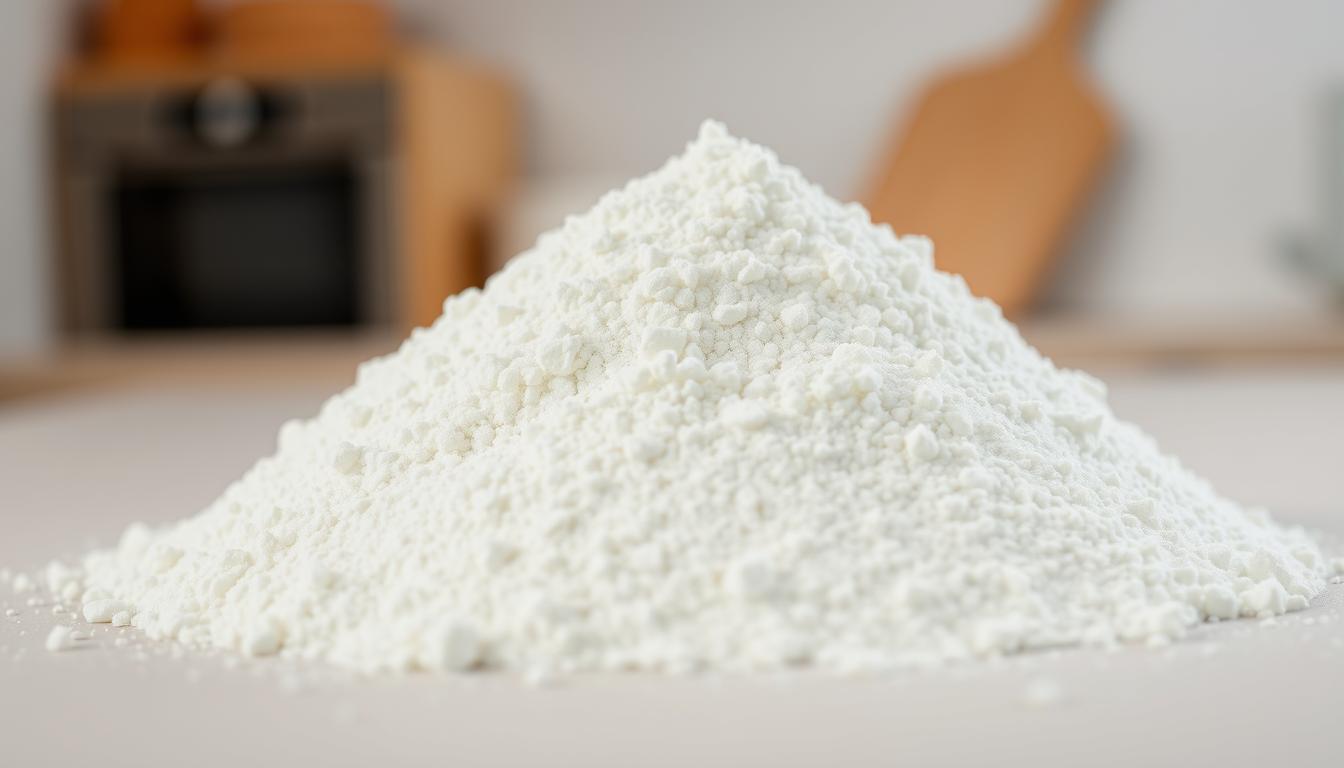
Pastry Chef Secrets Ingredients to Upgrade Your Cakes
SUBSCRIBE TO OUR BLOG
Promotions, new products, and recipes.
Updated: Sept 28, 2025
Pastry-Chef Secrets: 8 Surprising Add-Ins That Make Cakes Ultra-Moist (Backed by Food Science)
Short answer: For plush, bakery-quality crumb, add emulsifiers and water-binders (a spoon or two of mayonnaise or applesauce), bloom cocoa with very hot liquid for deeper chocolate flavor, and consider tiny amounts of hydrocolloids (xanthan, guar, CMC) to retain moisture and stabilize structure. Pair an acid (e.g., vinegar/buttermilk) with baking soda for lift, avoid over-mixing, and don’t over-bake. The sections below explain precise how-tos, with optional recipes and inline sources.
What You Will Learn
- Simple tweaks that make cakes moist, not greasy.
- When mayo/applesauce beats extra oil or butter (and when it doesn’t).
- How vinegar + baking soda add gentle lift without drying.
- Why “odd” adds (sauerkraut, beets, mashed potatoes) actually work.
- How xanthan, guar, and CMC lock in moisture and stabilize crumb.
- 6+ SEO-tuned FAQs and a valid FAQ schema block for rich results.
Sick of baking the same old dry, forgettable cakes? You’re not alone—but there’s good news. Across the U.S., pastry pros rely on a few clever ingredients that transform homemade cakes into bakery-level desserts. Whether you’re baking for a birthday, a potluck, or just because, these additions boost moisture, texture, and flavor—fast.
Key Takeaways: Pastry-Chef Secrets You’ll Want to Try
- Uncover surprising ingredients that professional pastry chefs use to level up homemade cakes.
- Learn how mayonnaise adds rich moisture and tenderness to your bakes.
- Find out why sauerkraut is a secret weapon for deep flavor in chocolate cakes.
- Discover how mashed potatoes create an irresistibly moist, dense crumb.
- See how a splash of vinegar can make cakes rise higher and bake fluffier.
- Get introduced to hydrocolloids—a pastry chef favorite for locking in moisture and improving texture.

Mayonnaise Cake — Pastry-Chef Secrets
Mayonnaise: The Secret to Super-Moist Cakes
- Why it works: Mayo = oil + eggs (emulsified). A spoon or two adds fat and emulsifiers that coat flour and slow staling, producing a softer, moister crumb (King Arthur).
- How much: 1–3 Tbsp per 9–10″ cake (reduce other fat slightly).
- Best in: Cocoa-based or any oil-based batters. Try the classic Chocolate Mayonnaise Cake.
Sauerkraut: Pastry-Chef Secret for Moist, Deep-Flavor Chocolate
Sauerkraut brings subtle tang and moisture; the acids enhance chocolate’s depth. Rinse thoroughly, squeeze dry, then mince or blend before folding in.

Sauerkraut Cake — Pastry-Chef Secrets
Sauerkraut Chocolate Cake (Cleaned)
Ingredients
- 1 ¾ cups all-purpose flour
- ¾ cup unsweetened cocoa powder
- 1 ½ cups granulated sugar
- 1 ½ tsp baking powder
- 1 ½ tsp baking soda
- 1 tsp salt
- 2 large eggs
- 1 cup buttermilk
- ½ cup vegetable oil
- 2 tsp vanilla extract
- 1 cup rinsed, squeezed-dry, finely chopped sauerkraut
Instructions
- Preheat oven to 350°F (175°C). Grease a 9×13-inch pan.
- Whisk flour, cocoa, sugar, baking powder, baking soda, and salt.
- In another bowl, whisk eggs, buttermilk, oil, and vanilla.
- Combine wet into dry until just smooth; fold in sauerkraut.
- Pour into pan; bake 30–35 minutes or until a toothpick comes out with a few moist crumbs.
- Cool completely before slicing.
Mashed Potatoes: Secret Starch for a Lush Crumb
Potato starch gels trap water and create a plush, even crumb. Use smooth, cooled mash (no lumps), then fold a small portion into batter.

Mashed Potatoes in Cake Recipes — Pastry-Chef Secrets
Benefits
- Enhances moisture for a soft, tender crumb.
- Creates a rich, dense texture that melts in your mouth.
- Complements a wide variety of cake flavors.
- Great for using up leftovers (cooled, smooth, unseasoned).
Vinegar: Light & Fluffy Cakes via Acid + Soda
Vinegar (acid) reacts with baking soda to release CO₂, boosting rise with a tender crumb—handy in cocoa-heavy batters or egg-lean formulas (K-State Extension).
- How much: About 1–2 tsp vinegar for each tsp baking soda already in the recipe; don’t over-acidify.
Vinegar Pairings
| Cake Type | Recommended Vinegar |
|---|---|
| Classic Chocolate Cake | Balsamic or apple cider |
| Lemon Pound Cake | White wine vinegar |
| Vanilla Sponge Cake | White distilled vinegar |
| Red Velvet Cake | Apple cider vinegar |
Beets: Natural Sweetness, Color & Moisture
Beet purée brings water-binding capacity and a hint of earthy sweetness—excellent with chocolate or spice cakes. Try chocolate-beet or carrot-beet variations for plush texture and color.

Beet-Inspired Cake Ideas
- Chocolate + Beet Cake
- Red-Velvet-Style Beet Cake
- Carrot + Beetroot Cake
- Beet + Orange Blossom Cake
Baby Food: A Clever Oil Swap
Fruit baby food (prune or apple) can replace part of the oil to reduce fat while keeping moisture. Start with a partial swap to protect structure.
Oil → Baby Food Substitution
| Oil | Baby Food Substitute |
|---|---|
| 1/2 cup | 1/2 cup fruit purée (prunes/apples) |
| 1/4 cup | 1/4 cup fruit purée |
| 1 Tbsp | 1 Tbsp fruit purée |
Applesauce: Moisture with Caveats
Use applesauce to replace part of the oil in oil-based cakes; going 100% can toughen crumb, and it’s not ideal for creamed-butter formulas. Start with 20–50% swap (guidance).
Benefits of Applesauce
| Benefit | Result |
|---|---|
| Provides moisture | Soft, tender texture |
| Enhances natural sweetness | Reduces added sugar |
| Reduces fat | Healthier profile without dryness (at partial swap) |
Boiling Water: Bloom Cocoa for Intense Chocolate
Whisk very hot liquid into cocoa powder before adding to batter. This “blooming” releases flavor compounds and prevents clumping—producing deeper chocolate flavor without drying the cake (Simply Recipes).
Hydrocolloids: Pro-Level Moisture Retention
Tiny amounts (~0.1–0.5% of flour weight) of hydrocolloids improve viscosity, moisture retention, and crumb stability—especially useful in gluten-free or cocoa-heavy cakes. See our Hydrocolloid Guide, Conversion Tables, and Hydrocolloid Glossary.
- Xanthan gum: Boosts viscosity, stabilizes air, slows moisture loss (Cereal Chem).
- Guar gum: High water binding; soft, plush crumb.
- CMC (carboxymethyl cellulose): Strengthens structure; great in gluten-free or acidic batters (BAKERpedia).
Hydrocolloid Comparison at a Glance
| Ingredient | Typical Usage (% flour) | What It Does | Mouthfeel | Best For | Notes |
|---|---|---|---|---|---|
| Xanthan Gum | 0.10–0.50% | Stabilizes air; slows moisture loss | Tender, cohesive (too much → gummy) | Chocolate & gluten-free cakes | Blend with dry ingredients |
| Guar Gum | 0.10–0.30% | High water binding; reduces crumbling | Soft, plush (excess → pasty) | Vanilla/yellow, fruit, GF blends | Hydrates cold; start low |
| CMC (Cellulose Gum) | 0.20–0.50% | Strengthens structure; improves sliceability | Fine, even (excess → firm) | Gluten-free; high-acid/sugar cakes | Heat-tolerant; great in lemon cakes |
Pro tip: Keep total gum load modest. If combining gums, start near ~0.2% total (of flour) and adjust in 0.05% steps.
Moisture-Rich Chocolate Cake with Xanthan Gum
Hydrocolloid Highlight: Xanthan Gum
- Ingredients: 1 ¾ cups AP flour; 2 cups sugar; ¾ cup unsweetened cocoa; 1 ½ tsp baking powder; 1 ½ tsp baking soda; 1 tsp salt; 2 eggs; 1 cup whole milk; ½ cup vegetable oil; 2 tsp vanilla; 1 cup boiling water (for blooming cocoa); ½ tsp xanthan gum.
- Method: Whisk dry (incl. xanthan). Add eggs, milk, oil, vanilla; mix smooth. Stir in boiling water (batter will be thin). Bake 30–35 min at 350°F in 9×13″ pan; cool completely.
Fluffy Vanilla Cake with Guar Gum
Hydrocolloid Highlight: Guar Gum
- Ingredients: 2 ¼ cups cake flour; 1 ½ cups sugar; ½ cup unsalted butter (soft); ¾ cup whole milk; 3 eggs; 2 ¼ tsp baking powder; ½ tsp salt; 1 tsp vanilla; ¼ tsp guar gum.
- Method: Cream butter+sugar; beat in eggs; stir in vanilla. Sift flour, baking powder, salt, guar; alternate dry with milk. Divide into two 8″ pans; bake 25–30 min at 350°F; cool.
Gluten-Free Lemon Cake with CMC
Hydrocolloid Highlight: CMC
- Ingredients: 2 cups GF flour blend; 1 cup sugar; ½ cup butter (soft); 1 cup buttermilk; 3 eggs; 1 tsp baking powder; ½ tsp baking soda; ¼ tsp salt; zest + juice of 1 lemon; ½ tsp CMC.
- Method: Whisk GF flour, baking powder, soda, salt, CMC. Cream butter+sugar; beat in eggs, lemon. Alternate dry with buttermilk. Bake 30–35 min at 350°F; cool.
Bottom Line
Moist, bakery-style cakes come from emulsification, moisture retention, and balanced leavening. Use small tweaks (mayo, partial applesauce, cocoa blooming, vinegar + soda) and pro tools (xanthan/guar/CMC) to lock in plush texture. Next step: explore our Ingredient Hub.
FAQ: Your Cake Questions Answered
What one trick makes the biggest difference?
Bloom cocoa with very hot liquid in chocolate cakes, and add a small emulsifier/fat boost (e.g., 1–3 Tbsp mayo) for tenderness.
Is applesauce a good oil substitute?
Partially—start with 20–50% in oil-based recipes; avoid 100% swaps and avoid creamed-butter formulas.
How does vinegar make cakes fluffy?
Acid + baking soda releases CO₂, adding lift and tenderness.
Do hydrocolloids really help?
Yes—xanthan, guar, and CMC improve water binding, viscosity, and crumb stability (especially in gluten-free).
Why bake with sauerkraut or beets?
They add moisture, acids, and natural sugars—classic ways to deepen flavor and plushness, especially in chocolate cakes.
How much gum should I start with?
0.1–0.25% of flour (≈ 1/8–1/4 tsp per 250 g flour). Adjust in small steps up to ~0.5% if needed.

|
About the Author Ed is the founder of Cape Crystal Brands, editor of the Beginner’s Guide to Hydrocolloids, and a passionate advocate for making food science accessible to all. Discover premium ingredients, expert resources, and free formulation tools at capecrystalbrands.com/tools. — Ed |
Enjoyed this post? Subscribe to The Crystal Scoop
Food-science tips, ingredient know-how, and recipes. No spam—unsubscribe anytime.
- Choosing a selection results in a full page refresh.




1 comment
Andrea Russell
I am appreciative of the information received, I am not a professional baker but planned on using all the tips, thanks for sharing.
Blessing!